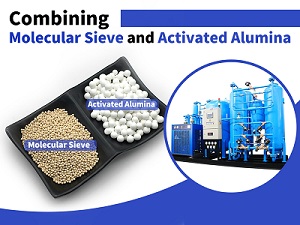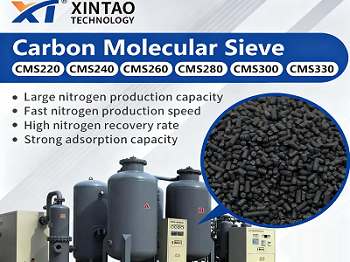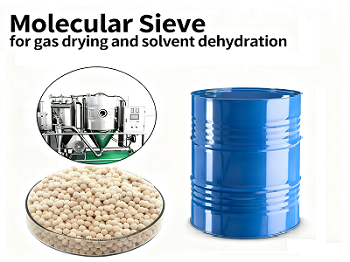Table of Contents
Toggle13X Molecular Sieve For Liquefied Petroleum Gas
With the continuous development of the liquefied petroleum gas (LPG) market and the improvement of product quality requirements, 13X molecular sieve is increasingly used in the field of LPG processing.


Operation Process
Usually, 13X molecular sieve adsorbent is filled in the adsorption tower, and liquefied petroleum gas enters from the top of the adsorption tower. Under the action of pressure, impurity molecules such as moisture, carbon dioxide, and hydrogen sulfide in the liquefied petroleum gas will be adsorbed by the 13X zeolite molecular sieve, and the purified liquefied petroleum gas will flow out from the bottom of the adsorption tower. When the molecular sieve is saturated with adsorption, it needs to be regenerated. Generally, heating and depressurization are used to desorb the adsorbed impurity molecules from the molecular sieve and restore the adsorption performance of the molecular sieve.
Function
Dehydration And Drying:
If there is water in the liquefied petroleum gas, it will bring many adverse effects. For example, in a low temperature environment, the water may freeze, block pipes and valves, and affect the transportation and use of liquefied petroleum gas. Xintao 13X molecular sieve bead has strong water absorption, with a pore size of about 10 angstroms and a water molecule diameter of about 2.76 angstroms. It can effectively absorb water in liquefied petroleum gas. For example, its static water adsorption can reach more than 26%, which can deeply remove water from LPG. Generally speaking, after drying with 13X zeolite desiccant, the water content in liquefied petroleum gas can be significantly reduced, thereby avoiding equipment failure and safety hazards caused by water.
Desulfurization And Deodorization:
Liquefied petroleum gas often contains sulfur-containing compounds such as hydrogen sulfide (H2S) and mercaptan (RSH). These substances not only produce unpleasant odors, but are also corrosive and can damage equipment. When burned, they will produce harmful gases such as sulfur dioxide, polluting the environment. 13X molecular sieves can remove some sulfur-containing compounds through physical adsorption and chemical reactions. On the one hand, sulfur-containing compound molecules can enter the pores of 13X molecular sieve desiccant and be adsorbed; on the other hand, it can also react with some sulfur-containing compounds and convert them into relatively stable substances, thereby achieving the purpose of desulfurization and deodorization, and improving the quality of liquefied petroleum gas.
Removal Of Carbon Dioxide:
If liquefied petroleum gas contains a certain amount of carbon dioxide, it will reduce its combustion calorific value and affect its use efficiency. Molecular sieve 13X can selectively adsorb carbon dioxide molecules. The diameter of carbon dioxide molecules is about 3.3 angstroms, which can enter the pores of 13X molecular sieves and be adsorbed, thereby reducing the content of carbon dioxide in liquefied petroleum gas and improving its combustion performance and calorific value. For example, its static carbon dioxide adsorption value is above 18.5%.
Purification And Refining:
In addition to the above-mentioned main impurities, liquefied petroleum gas may also contain a small amount of other impurities, such as heavy hydrocarbons, aldehydes, etc. The porous structure and surface properties of 13X molecular sieve adsorbent enable it to adsorb and remove these impurities, further purify liquefied petroleum gas, improve the purity and quality of the product, and meet the use needs of different users.
Contact Xintao
For more details, you can visit xintao’s home page:
You can also contact us in the following ways
E-mail: export@xt988.com






